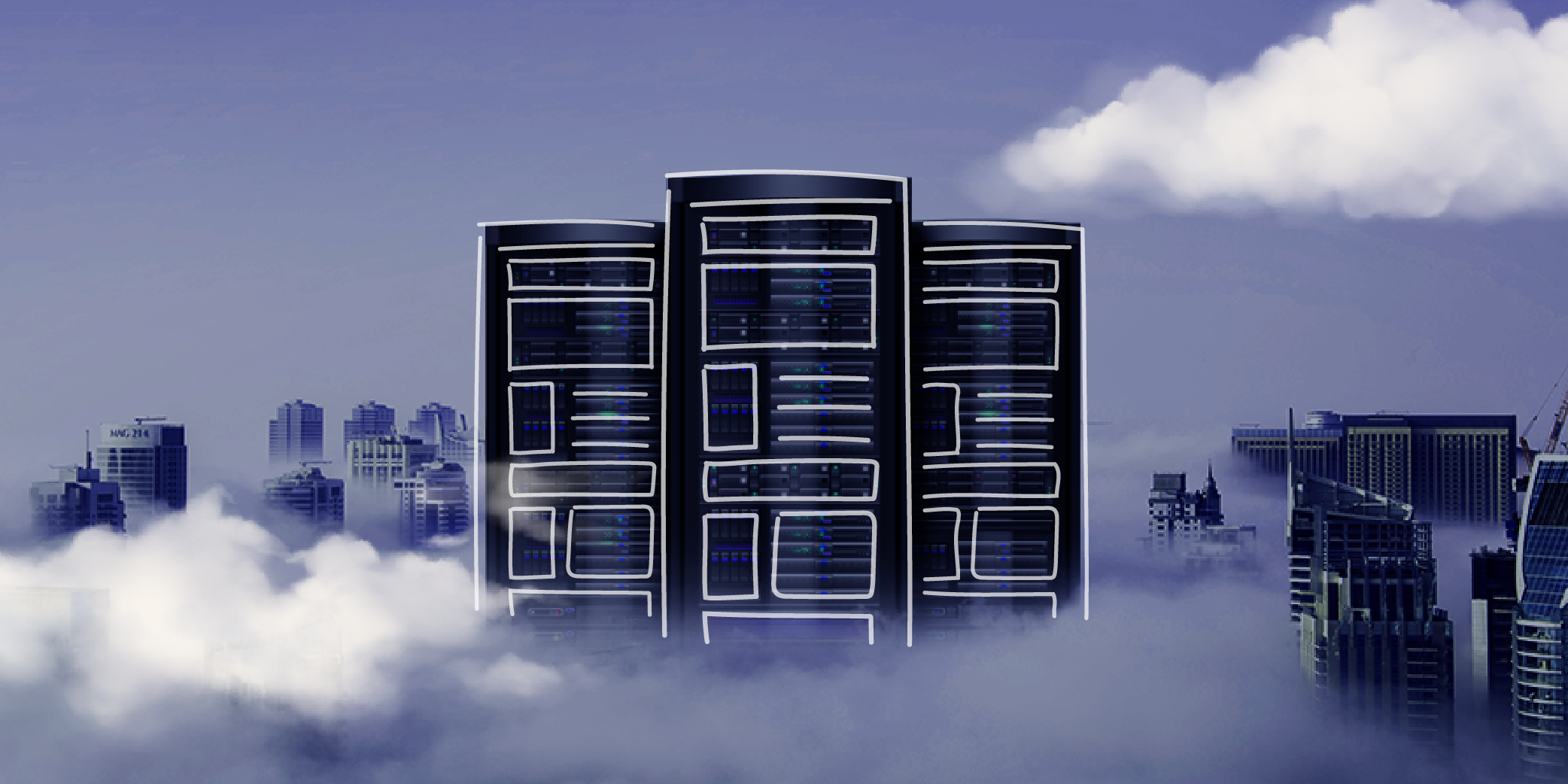Migration from legacy systems to cloud: Everything you need to know
- Cloud
- 11 mins
Executing cloud migration can be possible in two ways. First is when you move your data from IT resources or legacy systems to the cloud, and second is when you move in between cloud service providers. The possibilities that the cloud brings are infinite, and if companies explore them, they’ll discover many benefits for their development.
Legacy systems
Today, multiple ways to store or manage data exist, but one gets highlighted over the rest due to it bringing fantastic benefits for companies that generate a great volume of data which needs to be scalable to harness it. We are talking about the cloud.
Previously to cloud solutions, organizations used other physical and digital tools to store their data and all kinds of information on-premise, these are called legacy systems.
A legacy system is an old or outdated system, software, or technology that is still being used by organizations to save and store data. Eventually, this type of system cannot be replaced and is limited to updates or growth.
One of the issues of maintaining legacy systems comes from the current performance in businesses, which requires demanding activities such as new laws, market conditions, data regulations, and political compliances, among others. These changes and updates make it difficult for IT professionals to be consistent due to the need for many people to update data.
Despite their problems, legacy systems continue to be common within organizations, which makes the goal of stakeholders to seek and analyze a solution for operations, and the main option is cloud migration.
Do you know all types of legacy systems?
For identifying legacy systems, there are signals that IT professionals can recognize immediately: system owner discontinues the product or the product and updates no longers exist, it is impossible to escalate, and staff is not qualified to manipulate it.
However, enterprises keep using legacy systems, what is the cause of this? Here is a list of some of those reasons:
- They satisfy commercial needs.
- It is an investment that has not been recovered yet.
- Replacing legacy systems requires resources, money, time, and staff.
- Lack of IT skills for the migration process.
- Ignorance of technical specifications to create a new system with the same features as the legacy systems.
Several risks and issues exist that companies tend to overlook regarding legacy systems, which are:
- Compatibility: legacy systems can become incompatible with technologies that are essential today for businesses. As a result, departments can not enhance all new features available in the market.
- Support: if a company uses software that is not updated, or perhaps not currently commercialized when problems arise, it will not be possible to solve them.
- Data silos: as old systems, these were not created to match new technologies, thus leading to a great amount of unprocessed data.
- Security: if a system does not have support and maintenance, the possibility of data breaches increases, and rule compliance becomes more difficult.
- Performance: as time passes, legacy systems become slower and less efficient. If your company wants to streamline its processes, these will prevent it.
- Maintenance costs and competitiveness: maintaining older systems requires money, which contradicts business' goals.
Despite all of the previous reasons, companies can still operate with legacy systems. Then, why is migration to the cloud the next step?
From legacy systems to cloud
Before the COVID-19 pandemic, the use of the cloud was growing exponentially, but this historic event forced cloud adoption in many companies, which brought multiple benefits to people who manage data.
The first step to understanding the transition from legacy systems to the cloud is to learn more about data migration. This concept refers to updating and migrating legacy systems. For ensuring a successful migration process you should consider that existing data can be extracted safely, matched with new formats, and cleaned, to later execute tests to guarantee an accurate migration process.
Some of the main advantages of cloud services are scalability and growth, but there are more. Today, the cloud is a fixture due to its effectiveness and benefits.
Cost reduction
Despite the investment that companies have to do, like purchasing components, hiring experts in new systems, deploying security measures, updating systems, and training staff, the costs are greatly reduced with the cloud, since companies like Amazon, Oracle, or Microsoft offer services that only need payment for what gets used, since it is also divided by a large base, so, the price becomes accessible.
Less manual performance
To set up, run, and maintain legacy systems, organizations require experts who know how they work. However, when a company chooses to work with new infrastructure like the cloud, the service provider usually gives training sessions for the staff who will operate the new system: the client does not have to worry about maintenance and system updates.
Security
This could be the most important challenge when discussing data because private information is involved. Fortunately, the cloud can solve or minimize risks thanks to providers offering security as a part of the overall services.
Likewise, providers are responsible for hardware, network, and suitable facilities to run systems. This means that companies shouldn't invest in research, maintenance, and infrastructure development.
This new business model allows directing efforts to other fields requiring more attention or investment and being competitive in the business world.
Accessibility and authorization
When companies store information on-premise or on local systems, they need to take extra precautions, since anyone with access to the installations can avoid security and extract raw or encrypted data.
The aforementioned problems disappear by storing data remotely in a cloud system. To avoid data leaks, service providers offer multi-level authorization features to identify who is accessing information.
Collaboration
Nowadays, real-time remote collaborative work is trending and several companies have adopted it for improving business flows and workflows. Working in different locations stimulates productivity and favors communication between teams, leading companies to expand their services and products all over the world.
Speed
As a part of new technologies, cloud service is constantly in development to leverage advantages and is often most effective than legacy systems, thanks to the service providers who use a part of their budget for research and development of the cloud.
Challenges of migrating data from legacy systems to the cloud
Like every digital transformation process, cloud migration has challenges that you should know before starting a process like this. Here is a list of challenges that stakeholders and IT experts face on the path to becoming Data-driven.
Data quality
Have you already decided to migrate your legacy data to a new system? If your answer is yes, then data quality could be the first obstacle that you face in the process. Having a low-quality legacy system complicates migration, so it is necessary to assess the state of data which is in older systems, study relationships and consider changes before migration.
Fear of change
Company’s directors usually think that, if a system works, it is better to maintain it and not make updates or needed changes, but this usually does not end up well. Decisions like these stall digital transformation and eventually cause an enterprise to fall behind its competitors. It is recommended that an expert team of cloud engineers shows the benefits and advantages of cloud migration.
Lack of expertise
Data Migration from legacy systems to the cloud requires knowledge that only a few people have. Not all companies have experts in the field, but it is always possible to find an ally that functions and guides you through the process.
How Arkon Data helps companies to migrate their data to the cloud
In order to perform data migrations from legacy systems to the cloud, it is necessary to develop a strategy and have a team of experts to make the transition in the smoothest way available for the company’s information integrity.
In Arkon Data we offer a complete solution according to your business’s requirements. We execute accurate implementations since we have the technology and the knowledge of our staff, who understand data trends and migration strategies.
Our structure allows us to work with cloud services such as Oracle, AWS, Microsoft, and Dataiku, which are global companies that guarantee effective services to enhance your data, which we boost with our team of experts.
Some of our solutions entail:
- Data Integration.
- Advanced analytics.
- Data Governance.
- Big Data Management
We have experience in multiple fields with big corporations, who have reached out to us to harness their data through extractions, transformations, data loads, and architecture design with the help of our Business Process Workflow Engine. Manage all your data in one place!
Would you like to migrate your data?




